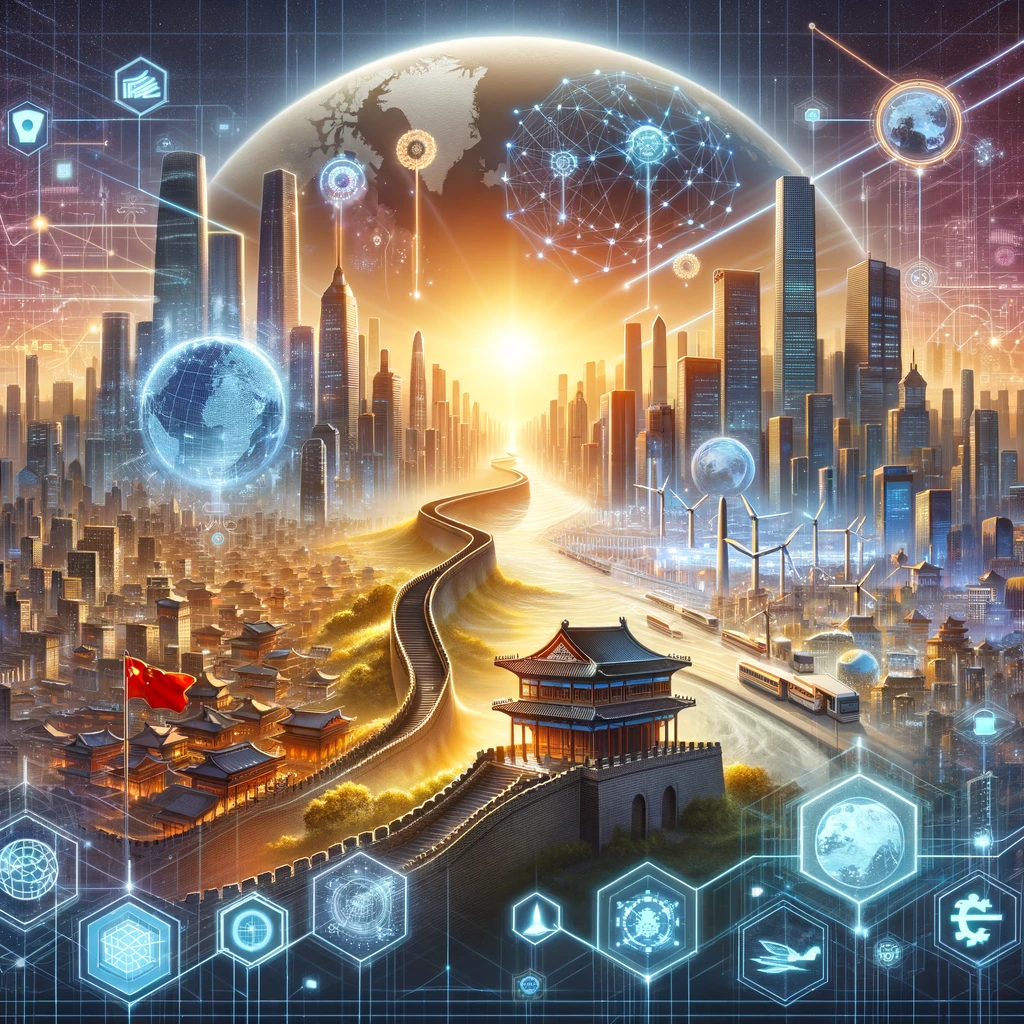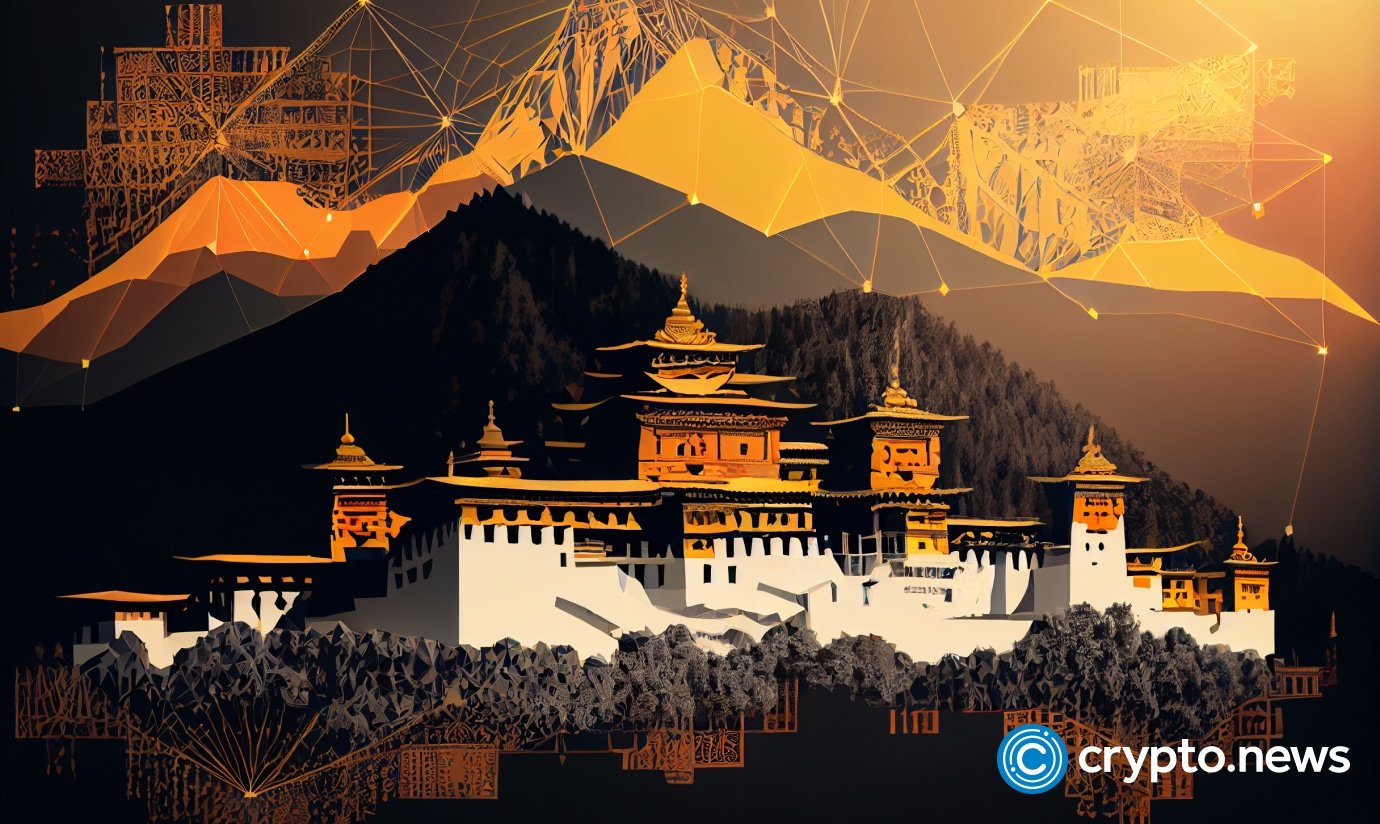China is shaking things up, and not just a little. We’re talking major, earth-quaking shifts in the global economic landscape. Forget the old-school romance of international cooperation; China and the U.S. were never going to be prom king and queen. Right from the get-go, when China walked into the World Trade Organization (WTO) back in 2001, it was clear we were in for a ride. Bill Clinton was all cheers, thinking this was China’s open door to reform. Jiang Zemin, on the other hand, saw it as a Western ploy to chip away at socialism. Fast forward over two decades, and the tension has bloomed into a full-on saga, with the WTO caught in the middle of a trade tug-of-war.
A Whole New World (Order)
So, what’s China’s game plan amidst this trade scuffle? Simple: sidestep the drama by building its own trade playground. I’m talking talking about a sprawling, complex network of trade deals and partnerships, especially with countries from the so-called “global south.” Thanks to its hefty Belt and Road Initiative, which is more loaded than a billionaire’s bank account, China’s cozying up to over 140 countries with promises of investment and economic ties.
With nearly 40% of its exports now snuggled within this web of free trade agreements (FTAs), China’s crafting a world where it doesn’t need to rely on the whims of the WTO or the mood swings of Western powers. This is about creating an economic sphere where China sets the rules. And let me be clear, these FTAs are selective – you won’t find the U.S. or the EU on the guest list.
Meanwhile, the global trade scene is getting rockier by the minute, with trade restrictions on the rise and the WTO’s dispute system in a pickle since 2019.
A Change in the Global Trade Winds
Xi Jinping, China’s man at the top, is on a mission to sign as many high-quality FTAs as possible. The numbers don’t lie. China’s FTA network is a behemoth, swallowing a huge chunk of its exports and outshining other major players on the global stage. From the sands of Singapore to the markets of ASEAN, China is signing deals like it’s going out of style. And let’s not forget the Regional Comprehensive Economic Partnership (RCEP), a trade leviathan that brings a third of the world’s GDP under its umbrella.
But China’s ambitions don’t stop at the water’s edge. It’s eyeing up the Gulf Cooperation Council and even Africa, where the African Continent Free Trade Agreement is reshaping economic boundaries. The country’s approach is clear: if the world’s trade routes are changing, it intends to be the one drawing the map.
On the flip side, this flurry of activity is way more just an economic power play. It’s a necessity. Global trade scene is shifting, with values taking hits and tensions with the West increasing. The U.S. and the EU are waving the flag of protectionism, setting the stage for a showdown over industrial subsidies and trade practices. China’s response? A strategic dance of diplomacy and negotiation, aiming to secure its economic interests without rocking the boat too much.
So there you have it, guys. China’s big plans for the global economy are unfolding right before our eyes. And in this game of economic chess, China’s making sure it’s holding the queen. But where is it gonna land? We’re gonna have to sit back, watch, and find out.





